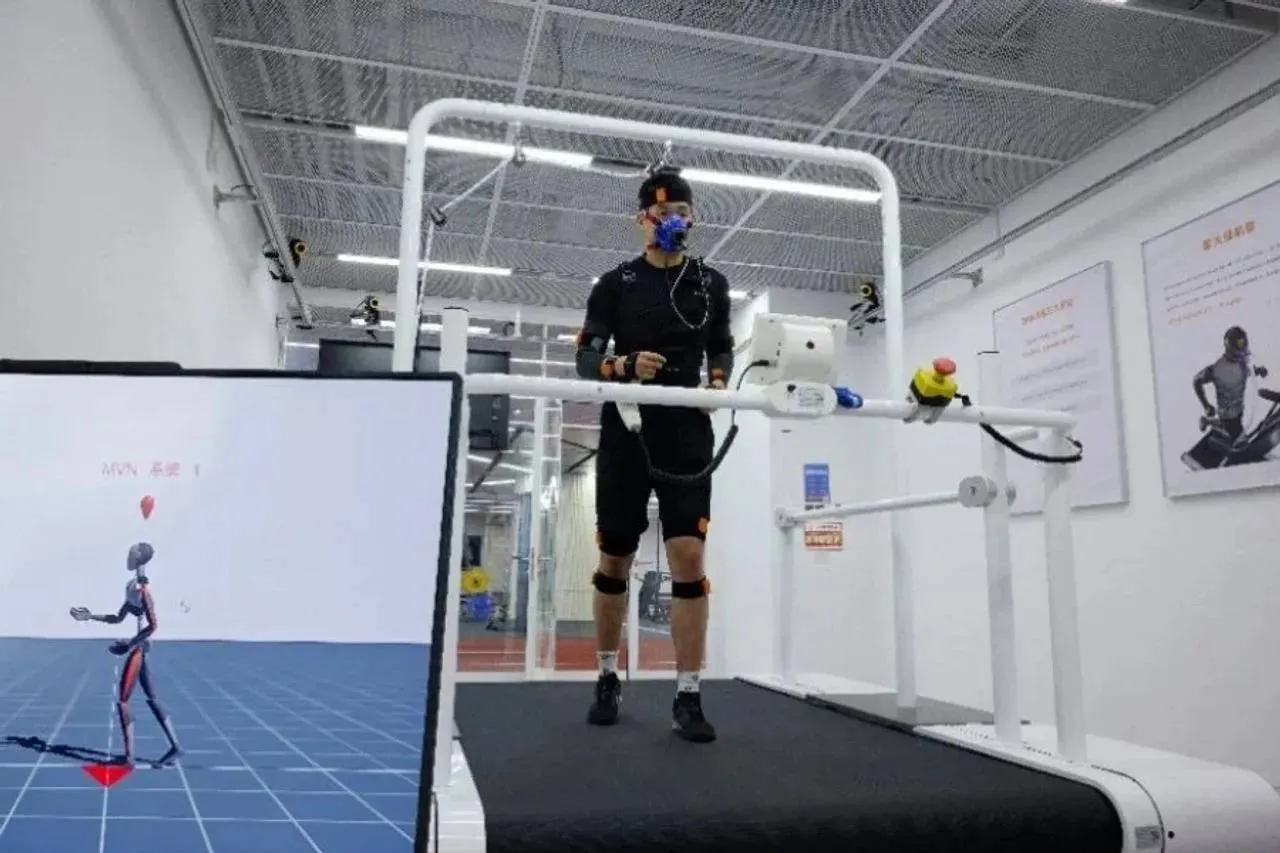
The Big Gmail Update: Keep Your Data While Changing Your Address!
Dec 26, 16:00
Snapdragon 8 Elite Gen 5 Meets Active Cooling: The HONOR WIN is Here
Dec 26, 16:08
Samsung (finally) begins One UI 8.5 development for Galaxy M Series
Dec 26, 00:59
Are foldable phones the future or a fad?
Dec 25, 19:58
Xiaomi Watch 5 announced with HyperOS 3, eSIM support and titanium tech
Dec 25, 18:48
Ulefone Armor 34 Pro+ Launches With Dimensity 7400X Upgrade
Ulefone unveiled its new Ulefone Armor 34 Pro+ offering a big upgrade in performance thanks to the Dimensity 7400X. The glorious projector phone returns.

Snapdragon 8 Elite Gen 5 Meets Active Cooling: The HONOR WIN is Here
Discover the HONOR WIN and WIN RT: gaming-centric phones featuring a 10,000mAh battery, Snapdragon 8 Elite Gen 5, and a 185Hz display with active fan cooling.

The Big Gmail Update: Keep Your Data While Changing Your Address!
Stop using that old, embarrassing email. Learn how to change your @gmail.com address while keeping all your photos, files, and messages perfectly intact.

Oppo's gaming beast: Will the Dimensity 9500s power the K15 Turbo Pro?
Leaked specs for the Oppo K15 Turbo Pro reveal a shift to the Dimensity 9500s and a massive 8,000mAh battery. Get the latest on this gaming powerhouse.
- Besoin de ça
 merveil11-12-2025
merveil11-12-2025 - Looking forward to buying both sizes of this when they are available in Thailand 🇹🇭chrisman08-12-2025
- Finally! Surprised corrupt Grok was not mentionedMaxNix07-12-2025
- About time!!MaxNix07-12-2025
- Best practice avoid buying Xiaomi phones and products, you all won't regret later.Kevin03-12-2025
- Interesting update on OpenAI’s Sora app! As we also review AI and SaaS tools at TheSoftReview, it’s fascinating to see how video-generation apps are expanding to mobile platforms, making creative workflows more accessible.Shamima29-11-2025
- Good, good… keep going downhill. Unlike Xiaomi, other brands in Europe actually allow global users to unlock the bootloader. Xiaomi is full of lies the Mi Community app doesn’t work, and for over a month I clicked every day with no success. In the end I sold the phone and switched to another brand. Samsung works perfectly and unlocking the bootloader is very easy. I used to support Xiaomi and my whole family bought their phones, but now it’s over. Goodbye! I hope your stock keeps falling next year. Yay!HeCosmin28-11-2025
- Kind of drop the Ultra's 2K screen and 120Hz refresh rate.MaxNix25-11-2025
- Stellar Data Recovery worked great for me when I lost some important photos from my SD card. It found files I didn’t even remember deleting, which was surprising. Although the scan was a bit slow, the recovery success made it worth the wait.john25-11-2025
- Really eye-opening article. You make a strong case that Facebook Messenger collects huge amounts of user data — more than many other apps, according to survey results.lindseyjohn83020-11-2025

Xiaomi 17 Ultra Official: The First Smartphone with a Mechanical Zoom Ring
Xiaomi 17 Ultra launches with a 1-inch sensor, 200MP continuous optical zoom, and a 6,800mAh battery. Get the full specs and pricing here.

Are foldable phones the future or a fad?
Foldable phones have gained popularity since Samsung and Huawei each unveiled one for the first time in 2019. Four days after Galaxy Fold, the Mate X followed.

Xiaomi Watch 5 announced with HyperOS 3, eSIM support and titanium tech
The Xiaomi Watch 5 has arrived with a revolutionary EMG sensor and 3D-printed titanium. Discover how muscle-based gestures are changing the game.

Double Your Xiaomi Speed Instantly: The One Simple Trick That Works!
Make your slow Xiaomi phone fast again! Discover the simple trick of clearing your system launcher cache to instantly restore performance, speed, and battery life.
Loading















